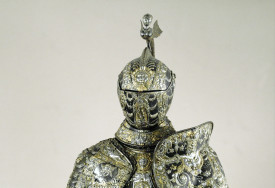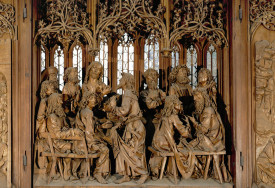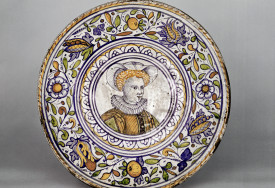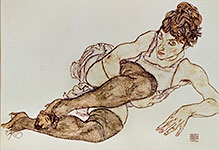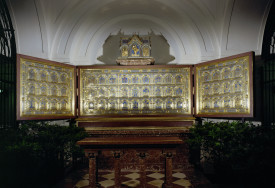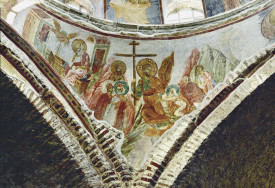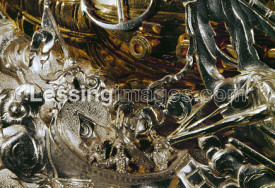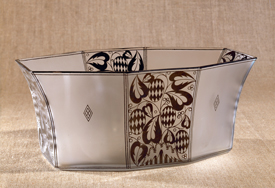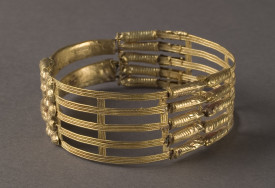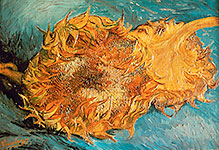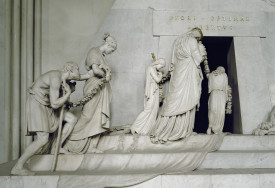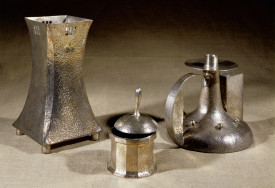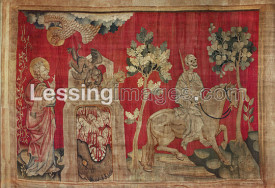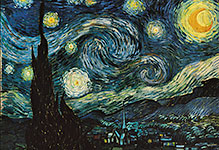
Fine Arts
Painting, Watercolour, Plastic Arts, Woodcuts, Etching, Drawing.

#030303 6
Running deer.Cave painting from Altamira,Santander, Spain.

#030303 7
Group of bisons.Cave painting from Altamira,Santander, Spain.

#03030333
Decorated bone pin, Early Aurignacian period, about 34,000 years old. Deliberate...

#03030334
Bone flute, Paleolithic (Perigordian), about 32,000 years old. The oldest known...

#03030336
Spearthrower carved as a mammoth, Late Magdalenian, about 12,500 years old. Spea...

#03030361
Headless female terracotta figurine known as Venus of Malta From Hagar Qim, Malt...

#03030365
Female statue, Bronze Age.

#030304 1
Cult complex "Soborul zeitelor" of Poduri (Assembly of Goddesses). 21 clay idols...

#030304 2
Sitting male clay figurine. Red-yellowish paint. From the Middle Neolithic cir...

#030304 3
Human depiction in the form of a lid handle. Elongated neck with a proportionall...

#030304 4
Head of a male figure. Clay; settlement tumulus; Late Neolithic (Karanovo III-I...

#030304 5
Head of a male figure. Clay; settlement tumulus; Late Chalcolithic Period (Kara...

